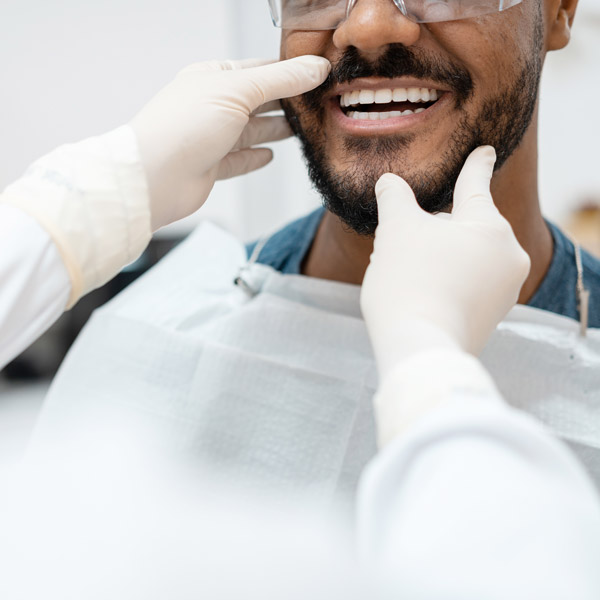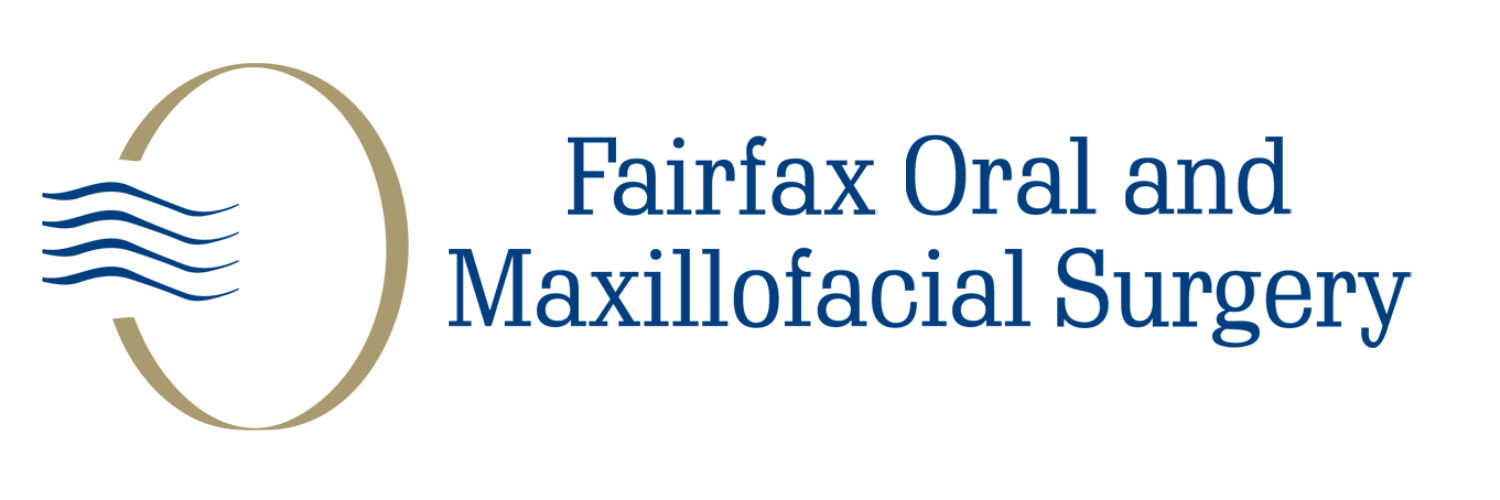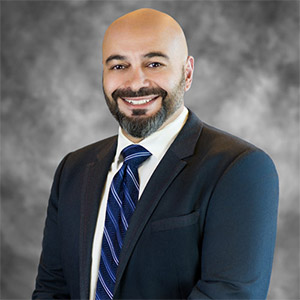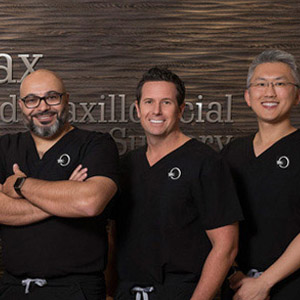Orthognathic (Jaw) Surgery
Orthognathic & Corrective Jaw Surgery
Corrective Jaw Surgery also known as Orthognathic Surgery, corrects minor and major dental and skeletal irregularities. Corrective jaw surgery includes the correction of misaligned jaws and teeth, which improves basic functions such as speaking, chewing, and breathing. While the primary goal is to correct your functional problems, this procedure can also dramatically enhance your appearance.

Common Jaw Issues Include:
- Chronic jaw joint (TMJ) or jaw pain and headaches
- Open bite (space remaining between your upper and lower teeth when your mouth is closed)
- Birth defects or facial injury
- Unable to make lips touch without strain
- Difficulty biting and chewing food
- Difficulty swallowing
- Sleep apnea (unable to breathe properly while sleeping, including snoring)
- Facial appearance is unbalanced from the front or side
- Chronic dry mouth and mouth breathing
- Excessive teeth wear
- Receding chin
- Protruding jaw
Your Dental Care Team
Working as a team your Surgeon, Orthodontist and Dentist will make every effort to accurately estimate the time required to complete the corrective jaw surgery process. This process also requires a long-term commitment from you and your family since it can sometimes take several years to complete. This process requires your Surgeon, Orthodontist and Dentist because:
- Your Dentist will maintain your oral health for the duration of your orthodontic and surgical treatment.
- Your Orthodontist will align your teeth according to the plan developed prior to the surgical procedure, and will make final adjustments after the surgery is completed.
- Your Surgeon will determine the most appropriate surgical procedure and will perform the actual procedure.
This surgical procedure will be performed under general anesthesia in a hospital or at our Fairfax Office in our state-of-the-art operating room and can take anywhere from one to several hours to finish. Your Surgeon will reposition your jaw to suit your specific needs, and may use surgical plates and screws to hold your jaws in their new position
Prior to your surgery, you will need to wear braces that will move your teeth into a new position. This phase of treatment can last anywhere from six to 12 months. Since your bite is being prepared so your teeth fit together after surgery, you may think that your teeth don’t fit together properly and your mouth is getting worse. However, when your surgeon repositions your jaw, your teeth should fit well together.
Closer to the date of the surgery, you will meet with the surgeon to take additional x-rays and models of your teeth. This is to ensure that your teeth will be properly aligned during surgery.
Once a consultation has been completed by your orthodontist, we would like to evaluate you by performing a clinical examination, reviewing your radiographs, and evaluating your pre-treatment models. A comprehensive treatment plan will be developed in conjunction with your orthodontist. Several progress checks will be made during your orthodontic treatment and then the final work up will be completed prior to surgery. This includes models, photos, 3-dimensional records and radiographs. The specific details of your surgery including indications, options, risks, and complications will be discussed with you at length before surgery is performed. Clearance for surgery including a history and physical, lab work, and X-rays are obtained from your primary care medical doctor before all procedures.
Surgery is performed in a hospital setting our outpatient surgical setting. The same anesthesiologist, instrumentation and surgical staff are provided in our outpatient surgery center as one would find at the hospital. Determination of eligibility for this facility will be determined in advance of your surgery.
By undergoing corrective jaw surgery, your teeth are re-positioned in a more functional, balanced and healthy manner. Some patients experience drastic enhancements to their appearance and speech.
Our doctors use modern computer techniques and three-dimensional models to show you exactly how your surgery will be approached. Using comprehensive facial X-rays and computer video imaging, we can show you how your bite will be improved and even give you an idea of how you’ll look after surgery. This helps you understand the surgical process and the extent of the treatment prescribed, and to see the benefits of orthognathic surgery.
If you are a candidate for Corrective Jaw Surgery, our doctors will work closely with your dentist and orthodontist during your treatment. The actual surgery can move your teeth and jaws into a new position that results in a more attractive, functional and healthy dental-facial relationship.
Following the procedure you may have wires or rubber bands holding the jaws together for a few days or a few weeks. Sometimes a plastic splint or guide may be used to help maintain the proper bite during your recovery period. Your surgeon will instruct you to modify your diet, which could include liquids and solids, with a schedule for changing over to a normal diet. You should also avoid using tobacco products and engaging in strenuous physical activity.
Pain after your corrective jaw surgery can be easily managed with medication and you will be able to return to school or work between one and three weeks after surgery. Initial healing of the bones takes about six weeks and then you will follow-up with your orthodontist to finish your case.














